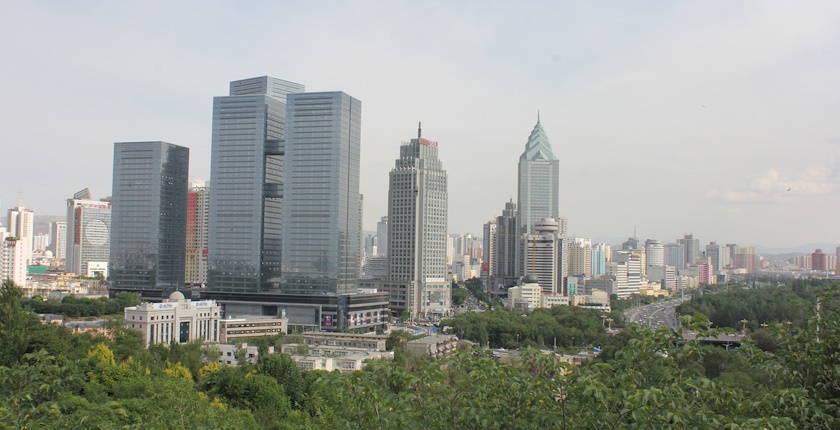
THe facility is located near the city of Urumqi (photo: Rinat Keldibekov from Pixabay)
China has put online a 5,000 MW solar power plant, currently the largest photovoltaic facility on the planet.
The solar park spans 200,000 hectares in the desert area of China’s northwestern province of Xinjiang, not far from the region’s capital, Urumqi, global news agencies reported.
The plant’s expected annual output is over 6,000 GWh, enough to supply entire countries such as Luxembourg or Papua New Guinea.
The power plant was built by Power Construction Corporation of China (Power China).
Before the new plant launched production, the two largest operating solar parks, according to Reuters, were also located in China, with a capacity of about 3 GW each.
One of them is Ningxia Tenggeli, constructed by Longyuan Power Group, and the other is the Golmud Wutumeiren solar park, built by China Lufa Qinghai New Energy.
Sparsely populated Xinjiang, rich in solar and wind energy resources, has become a hub for massive projects, the agency noted. The electricity produced in these power plants is sent to the far-away eastern regions of China.
China is strengthening its leading position in solar power in the world
With the new record, China only continues to fortify its leading global position in the solar energy sector.
According to Renewables 2023, the International Energy Agency’s (IEA) annual report, the country’s solar additions grew by 116% year on year.
Solar power alone accounted for three quarters of renewable electricity capacity additions worldwide, while China commissioned as much photovoltaics as the entire world did in 2022, the report reads.
The IEA said 2023 was the 22nd consecutive year in which a record was set for the growth of new green energy capacity. Record growth was also seen in Europe, the United States and Brazil, but China’s acceleration was extraordinary.
China plans to become climate neutral by 2060. Forecasts say that by 2050, the country could increase its renewables capacity fivefold and reduce its share of global CO2 emissions from 33% to 22%.


















We are Developing Industrial Park’s in Vadodara, Gujarat state. INDIA.
Now, want to diversity business in Solar releted products.
So we decided to go ahead in battery storage systems in the upcoming market of India. if your company is interested in starting joint venture collaborations between china ?? & India ??. We are very much interested in the same.
Email me details catlouge to kirit@steelindia.com.
Thanks.